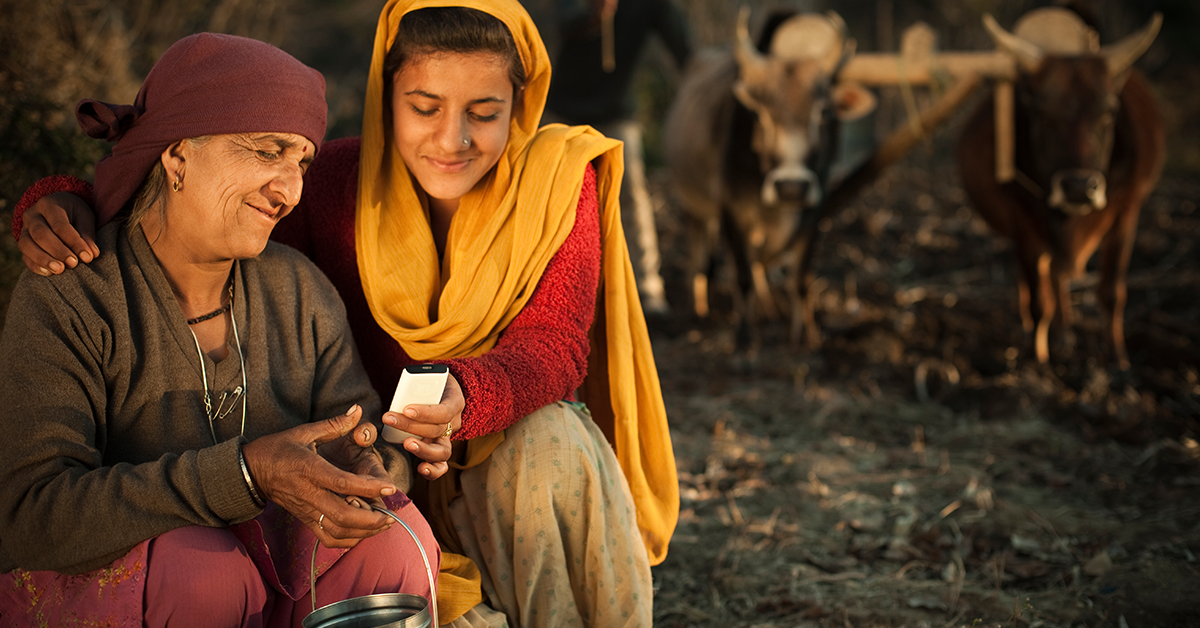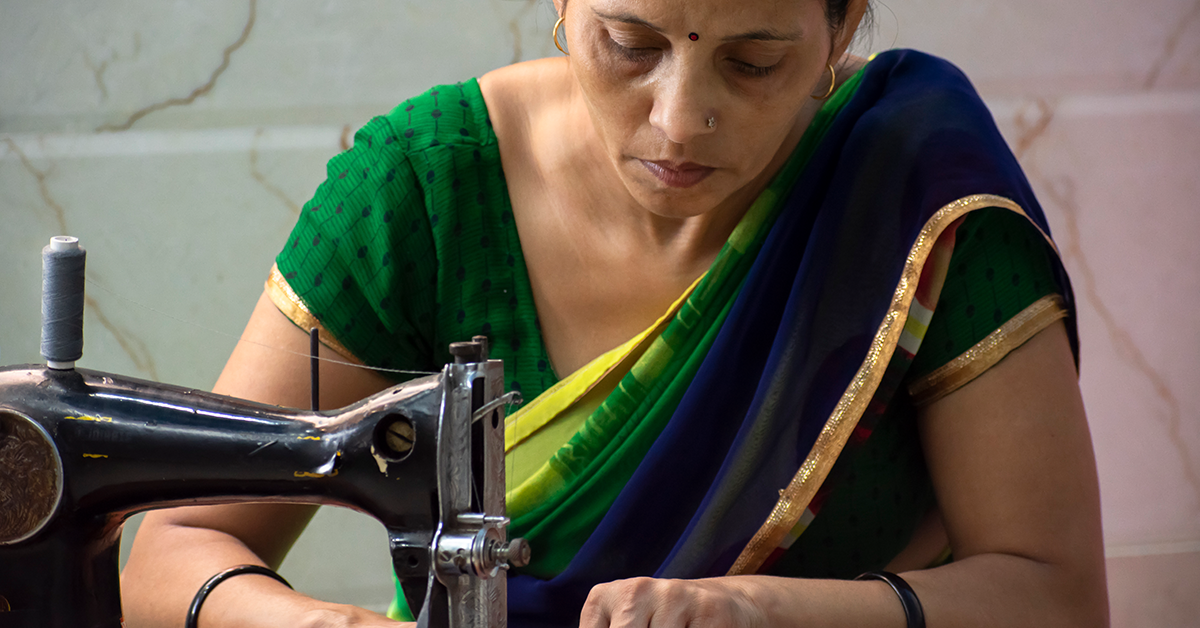On the surface Purnima thought she has no signs of osteoporosis. She had friends who had suffered broken bones due to a disease called osteoporosis which causes bones to become weak and eventually break. It made her worry. What if that could happen to her too? A friend down the road had moved to a nursing home after a broken hip, and she didn’t want that to suffer the same fate.
So the next time she visited her family doctor she asked about getting tested to see if she was at risk too.
The first step was to look at Purnima’s health and medical history which provided clues to her bone health:1
| ITEM | CASE HISTORY | |
| Older than 50? | Yes, Purnima is 71 years old – osteoporosis occurs more commonly in postmenopausal women aged over 50 and men aged over 70. | |
| Broken a bone after age 50? | No, she has no history of previous fractures. | |
| Underweight or overweight? | Yes, Purnima is slightly overweight. Her BMI is 27 kg/m2, which puts her at risk of osteoporosis. | |
| Getting shorter? | No, she has not noticed any lost height. Her doctor measured her height so that it could be compared against in the future. | |
| Parental history? | No, neither of Purnima’s parents had osteoporosis or broken bones. | |
| Disorders linked to osteoporosis | Yes, Purnima has type 2 diabetes mellitus and rheumatoid arthritis. | |
| Medications linked to osteoporosis | None, she doesn’t take any current medications. | |
| Too much alcohol intake or smoker? | No, Purnima drinks a glass of wine with dinner a few nights a week and has never smoked. |
Purnima’s responses indicated that she had risk factors for osteoporosis, which puts her at risk of fractures. Her doctor sent her for a bone scan, called a DEXA, to assess her bone mineral density.
DEXA stands for dual-energy X-ray absorptiometry. It is a fast, non-invasive bone scan that measures the density of your bones in the spine and hip. The DEXA scan helps Purnima’s doctor to decide if action is needed to improve her bone health. The scan result is called a T-score that compares your bone density with the normal values for healthy young adults. This score will determine if you have normal bones, low bone density or osteoporosis. Purnima’s T-score is −2.6 at the femoral neck.
Based on her T-score, Purnima’s doctor has diagnosed osteoporosis.

Purnima’s doctor enters Purnima’s T-score and information from her medical history in an online tool, called FRAX (fracture risk assessment tool) which calculates her risk of suffering a broken bone due to osteoporosis. The results say she has almost a 1/10 (8.5%) chance of a major osteoporotic fracture and about a 1/20 (4.5%) chance of a hip fracture in the next 10 years.
Doctor explains her risk of future fracture and recommends starting osteoporosis treatment. Together they will make a bone health plan to protect her from broken bones.
*Purnima is a fictitious patient



References – Your mum could have osteoporosis
1 International Osteoporosis Foundation. Facts and statistics. osteoporosis.foundation/facts-statistics.
2 International Agency for Research on Cancer. Cancer Today. 2018. gco.iarc.fr.
3 International Osteoporosis Foundation. The Asia-Pacific regional audit. Epidemiology, costs & burden of osteoporosis in 2013. osteoporosis.foundation/educational-hub/material/audits.
4 International Osteoporosis Foundation. That’s osteoporosis. A compact guide to osteoporosis and its prevention and treatment. 2019. osteoporosis.foundation/educational-hub/material/brochures.
5 Cooper C. Am J Med 1997;103:12S-17S; discussion 17S–19S.